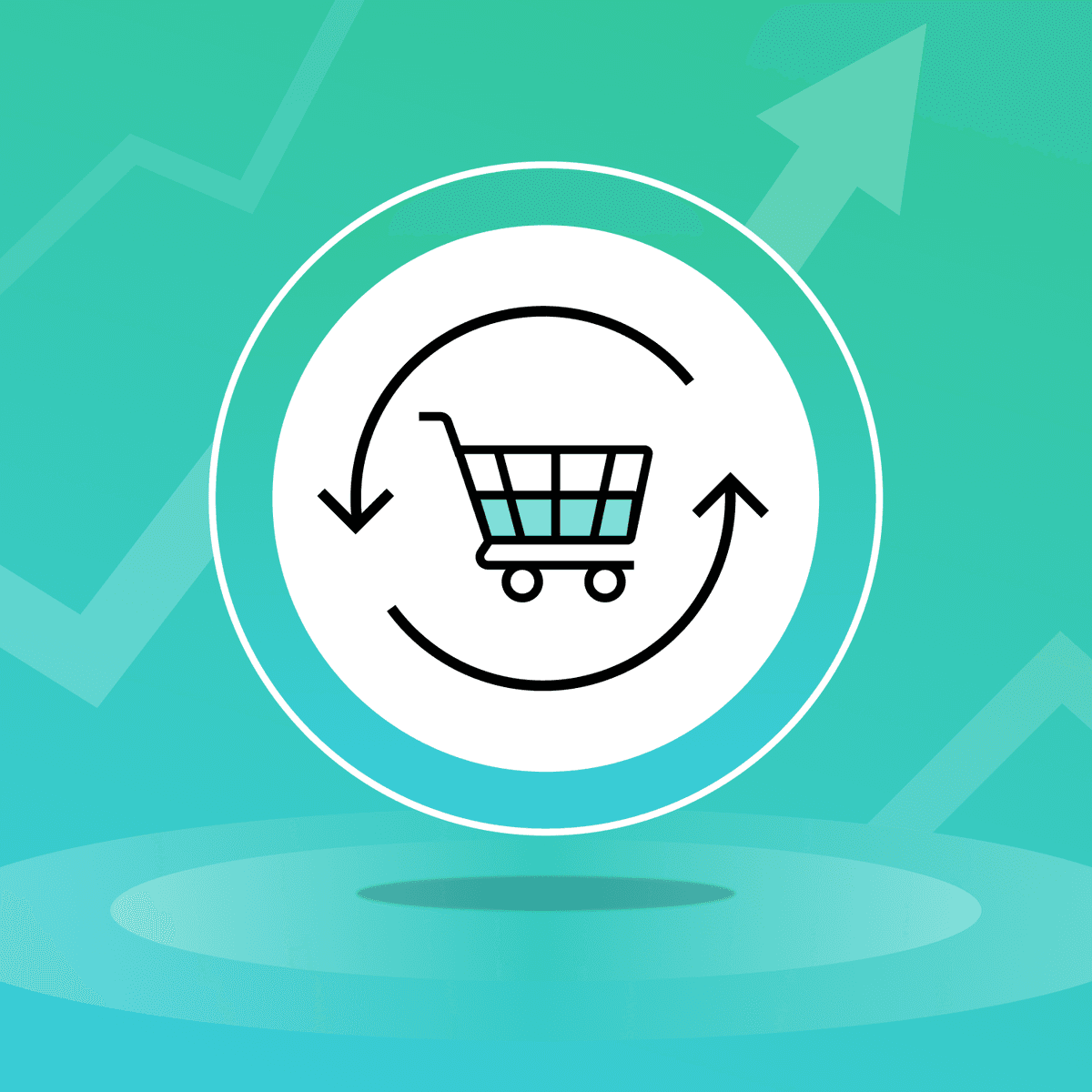Facing Inflation, Consumer Attraction to Resale Grows
Published on November 23, 2022/Last edited on November 23, 2022/4 min read


Team Braze
Brands are at a pivotal time with consumers, particularly in the retail sector. While inflation dropped slightly through October, we’re still seeing record highs in comparison to previous years. Data from Bankrate even found that 2 in 5 respondents from a recent survey said inflation will change the way they shop for the 2022 holidays—which is typically a high-spend time of year. As consumers continue to focus on what and how they spend amid rising costs for goods and services, retail brands will need to pay attention to alternative options for engaging with shoppers.
In the retail industry, inflation can cause consumers to spend less on clothing each month, something that’s putting pressure on retailers who are already battling the rising costs of their goods and seeing increased demand from consumers for quality at a lower cost. Consumers still want to buy quality products, but need affordable options to do so. To better understand this dynamic and uncover any shifts towards buying through resale apps and marketplaces due to inflation, Braze—in partnership with Dynata—conducted a survey in November 2022 of 1,000 US adults, aged 18+.
Consumers are spending less on clothes and apparel
When asked if current inflation rates have affected how much they would usually spend when shopping for clothes and apparel, 70% of consumer respondents said it has. That’s not surprising given how much prices have risen on things like gas, groceries, and other essential items. In fact, 67% noted rising costs from inflation as a top concern when it comes to shopping for clothes and apparel. Further, 72% shop for and purchase non-essential items (clothes, electronics, beauty products, etc.) less than they did before the rise of inflation.
Even though we’re seeing some signs of easing inflation (e.g. decreases in gas prices), it’s not proving to be enough and many consumers are opting out of spending their money on clothes and other luxury items. Consumer demand for non-essentials will continue to fluctuate as a result of macro challenges that are out of retailers’ control—so many will need to turn to alternate strategies to remain afloat.
Resale can solve challenges for both consumers and retailers
Recently, we’ve seen a rise in both consumer- and business-driven eCommerce resale websites and apps. Retailers are, of course, concerned with their image among consumers when it comes to sustainability and many are turning to resale as a viable option to cut down on textile waste. Resale presents another equally important opportunity for brands to engage consumers that many might not be thinking about—it can be a more cost-effective option for making non-essential purchases. It can also provide the quality consumers are looking for in a more cost-effective environment for them, while supplying an additional revenue stream for retailers.
Consumers are taking notice of brands who offer resale as well. More than half of our survey respondents are either somewhat likely or very likely to purchase from brands offering resale options, and 55% say the opportunity to earn and/or save money makes them more open to engaging with and using resale sites and apps.
This aligns with what we’re seeing from major resale retailers in the market. Multiple resale-focused brands reported a marked increase in active buyers on their platforms coming out of Q2 this year. Consumers still have a desire to purchase luxury items such as clothing. What we’re seeing through this recent rise of resale is a bit of the Lipstick Effect: Shoppers are open to making discretionary purchases because it can provide an emotional uplift without necessarily breaking the bank.
With the global secondhand market is projected to reach $218 billion in 2026, the time is now for retailers to consider whether resale should be a part of their longer-term business goals and plans. Retail brands should consider the potential resale has to create more opportunities to connect with and build loyalty among consumers, particularly through times of economic unrest. There’s a psychology behind how people approach making purchases during these times and any retailers not looking at this closely may have already missed the mark.
Interested in digging deeper into how retailers can build stronger relationships with consumers? Check out our 2022 Retail Customer Engagement Review for insights into the state of the retail space and actionable guidance on how to engage customers more effectively.
Related Tags
Be Absolutely Engaging.™
Sign up for regular updates from Braze.
Related Content
View the Blog
How behavioral marketing turns data into personalized experiences

Team Braze

How Braze supports exceptional customer engagement during Black Friday, Cyber Monday, and beyond

Todd Grennan

How to overcome messaging fatigue this holiday season
